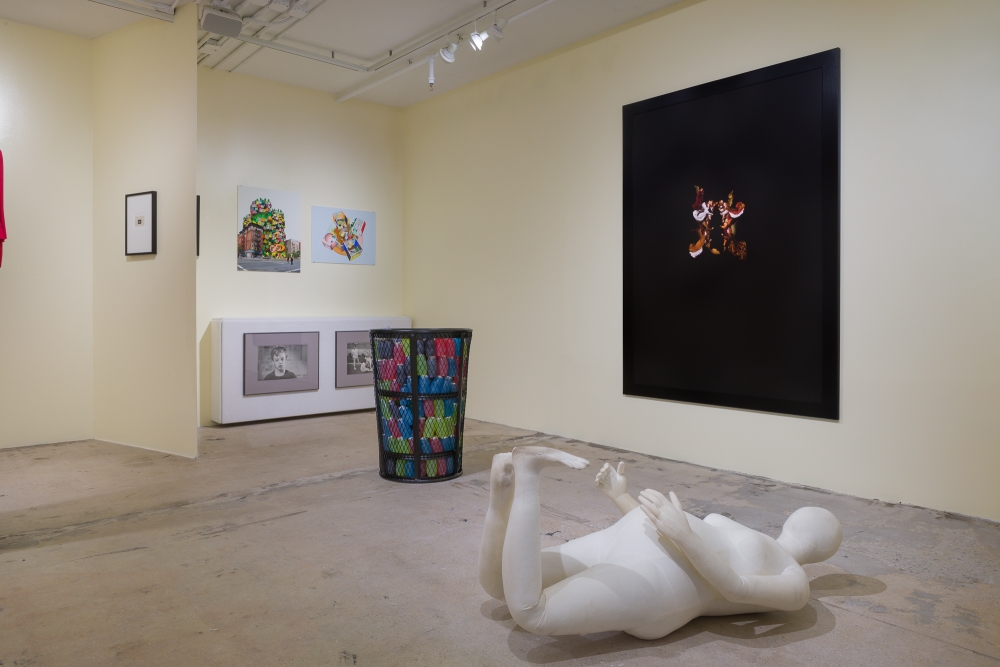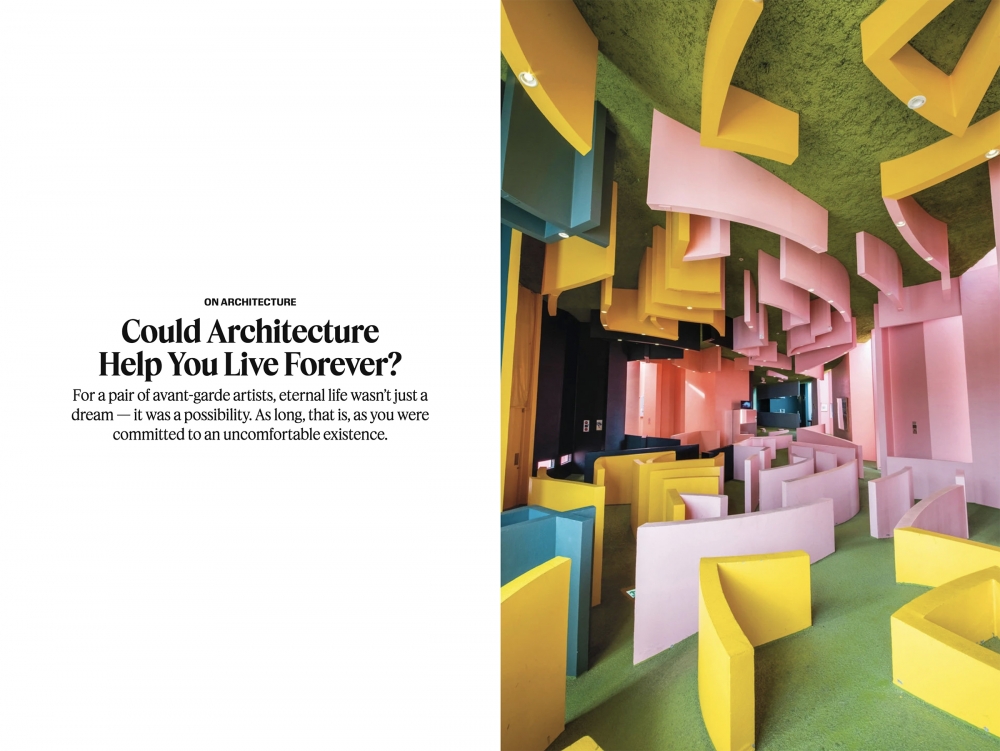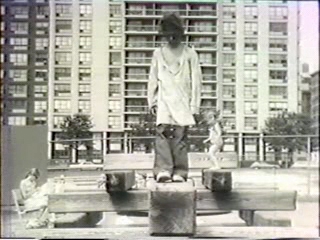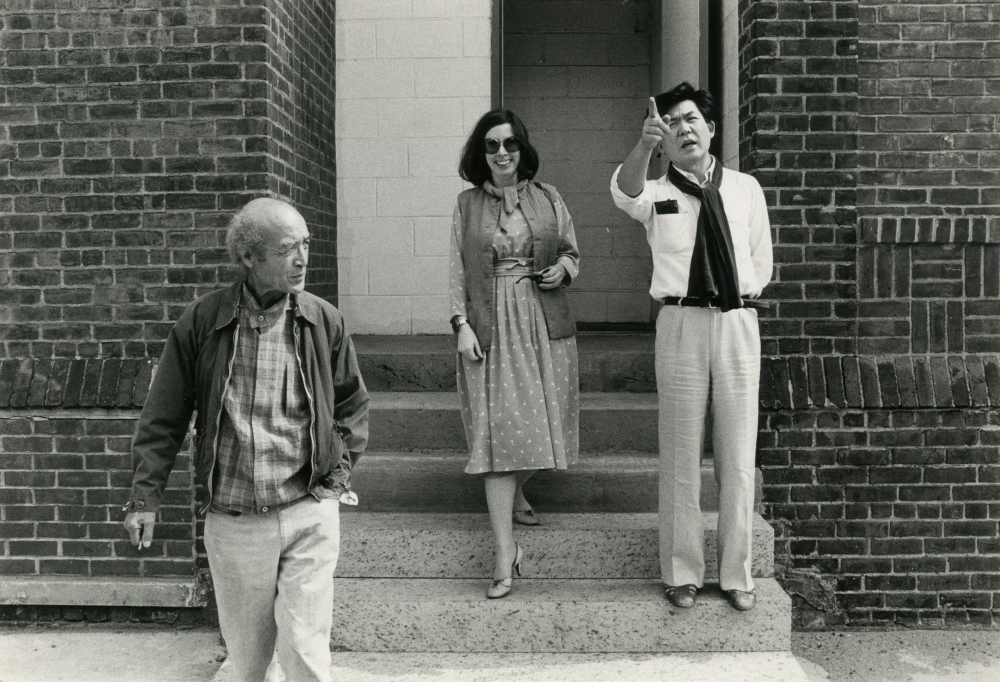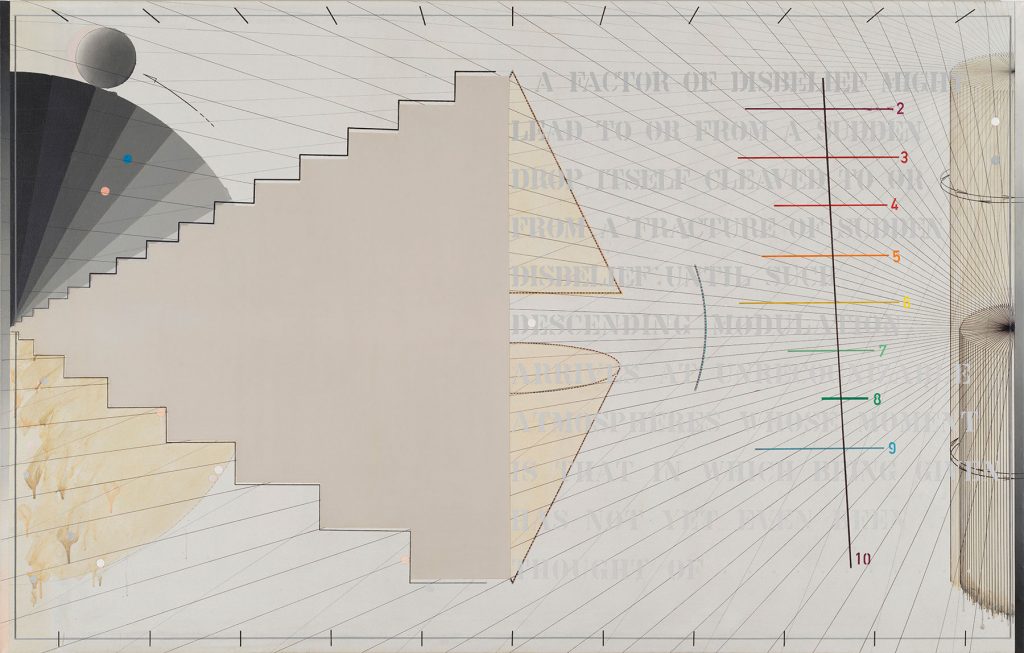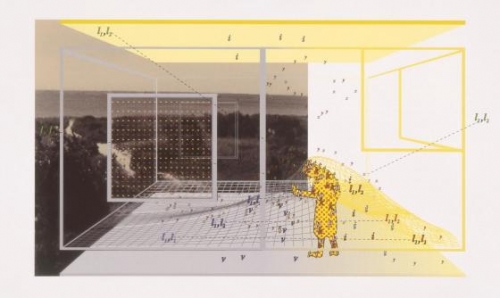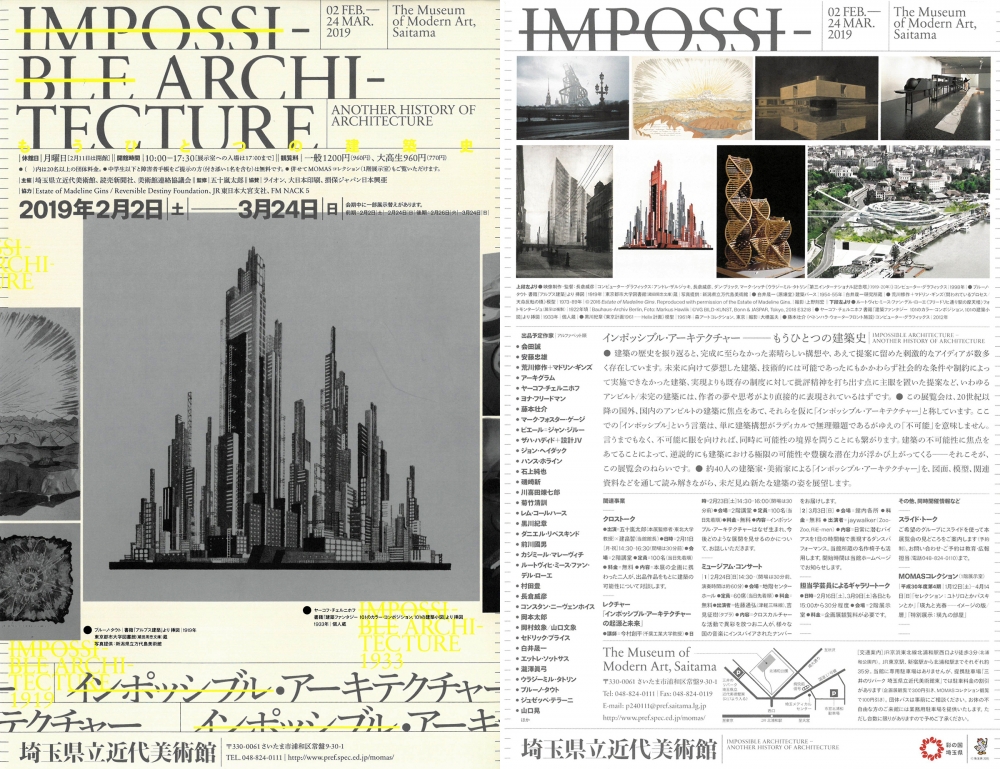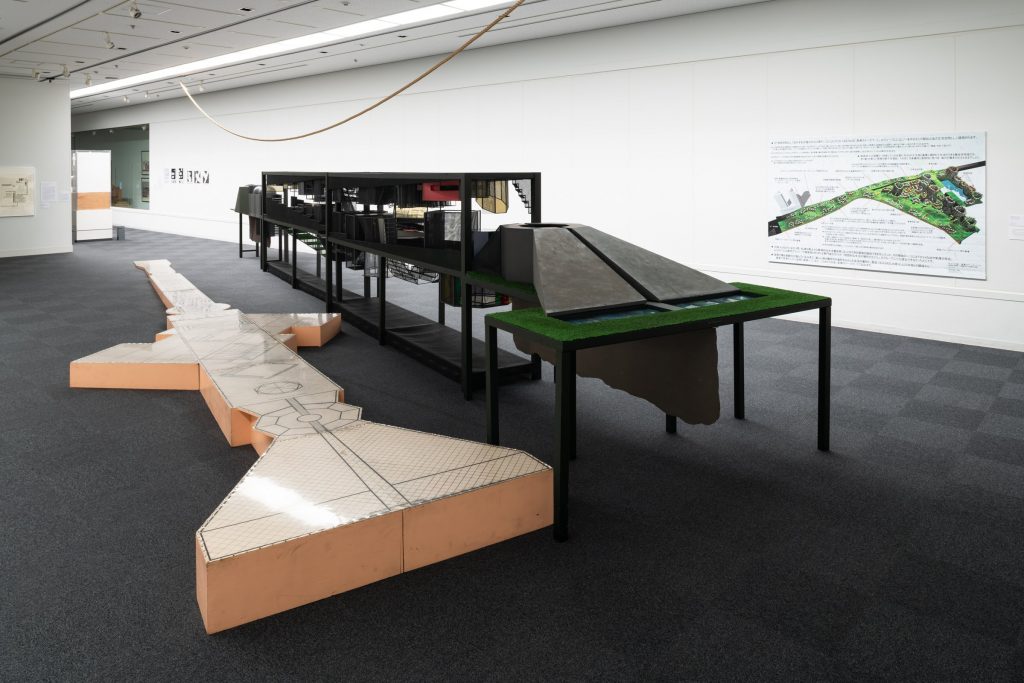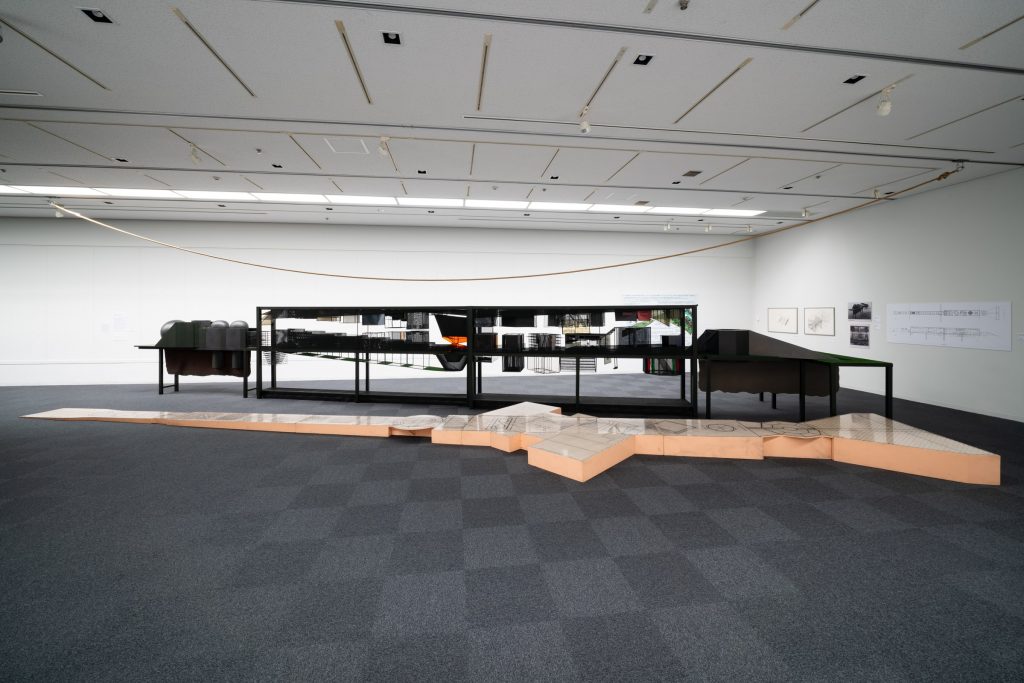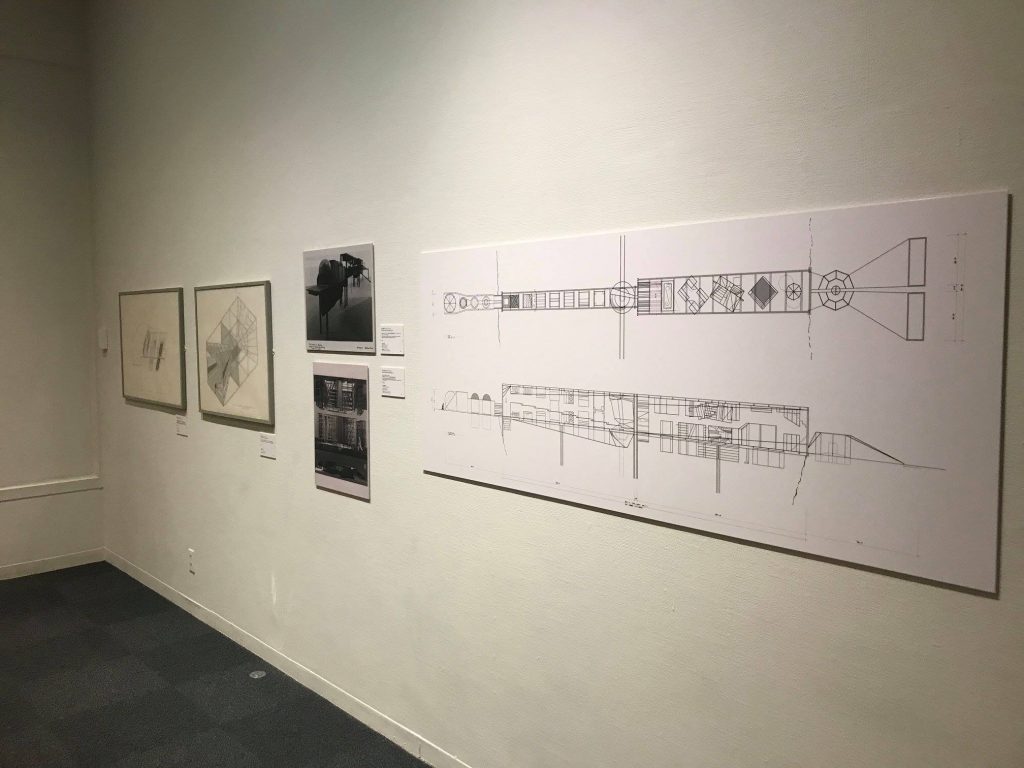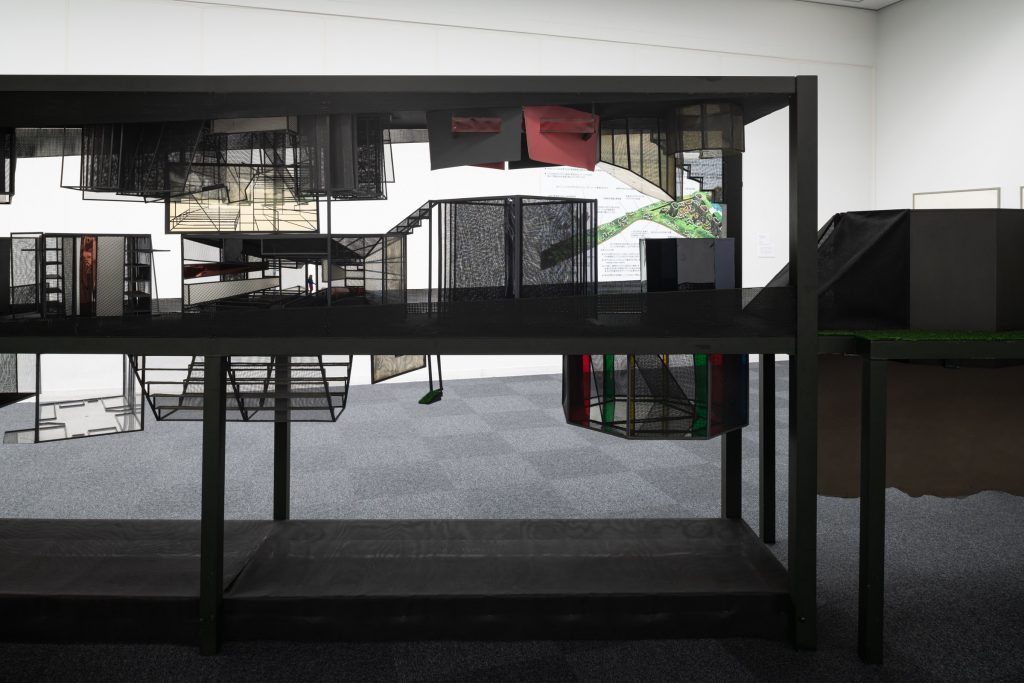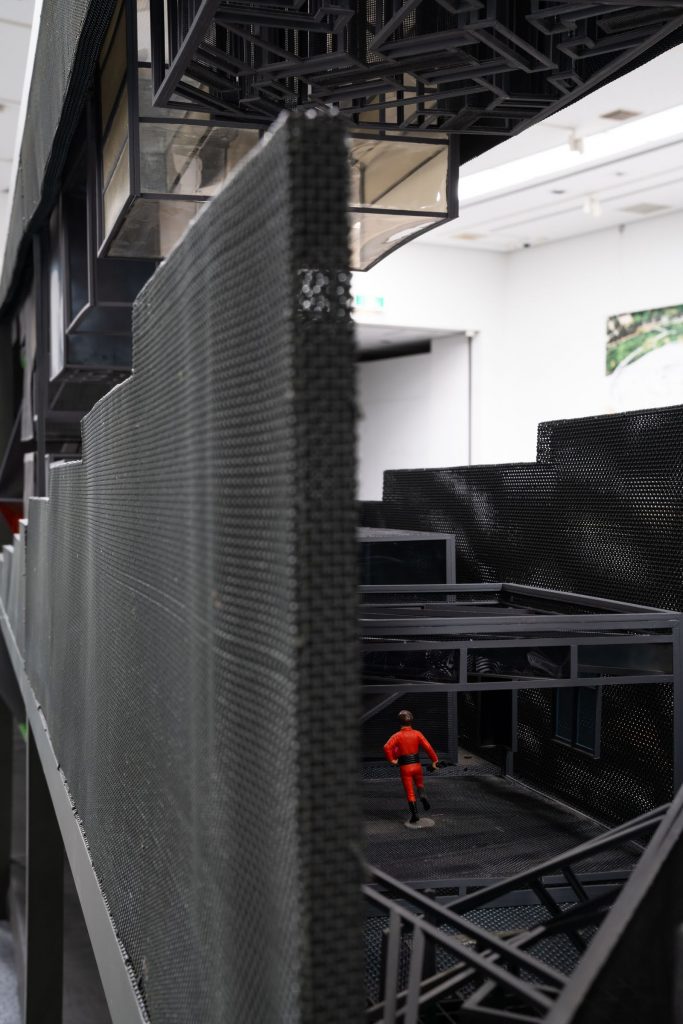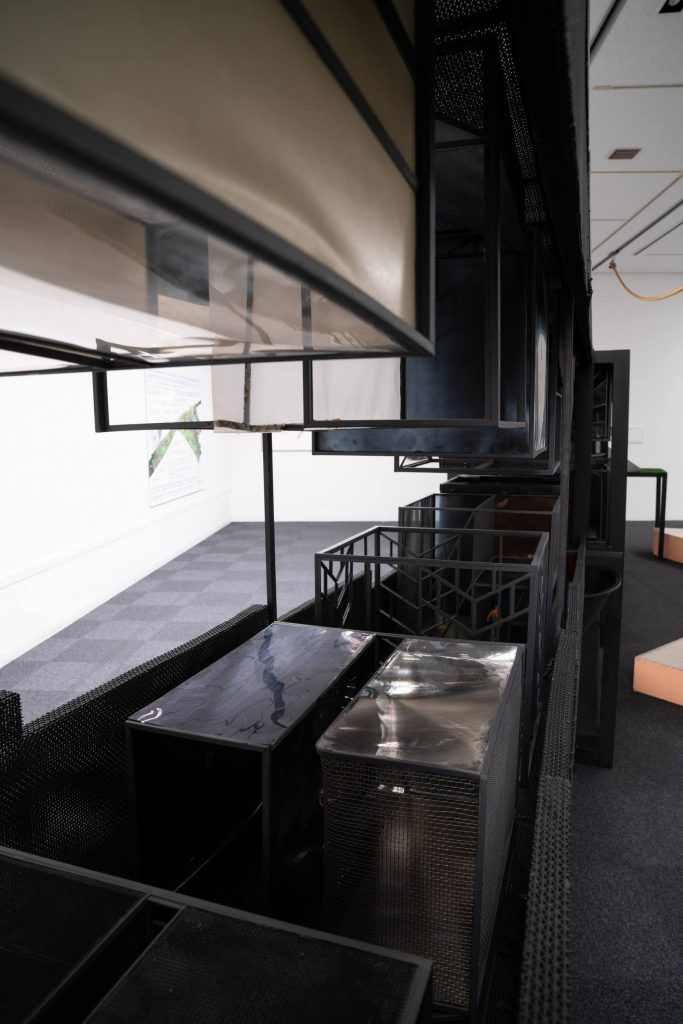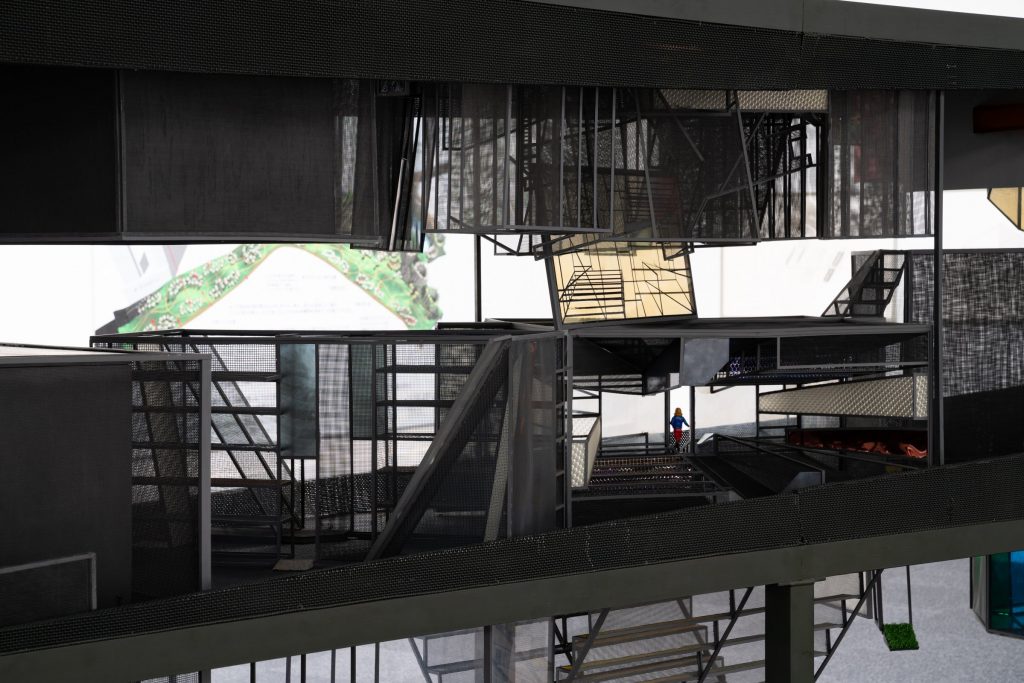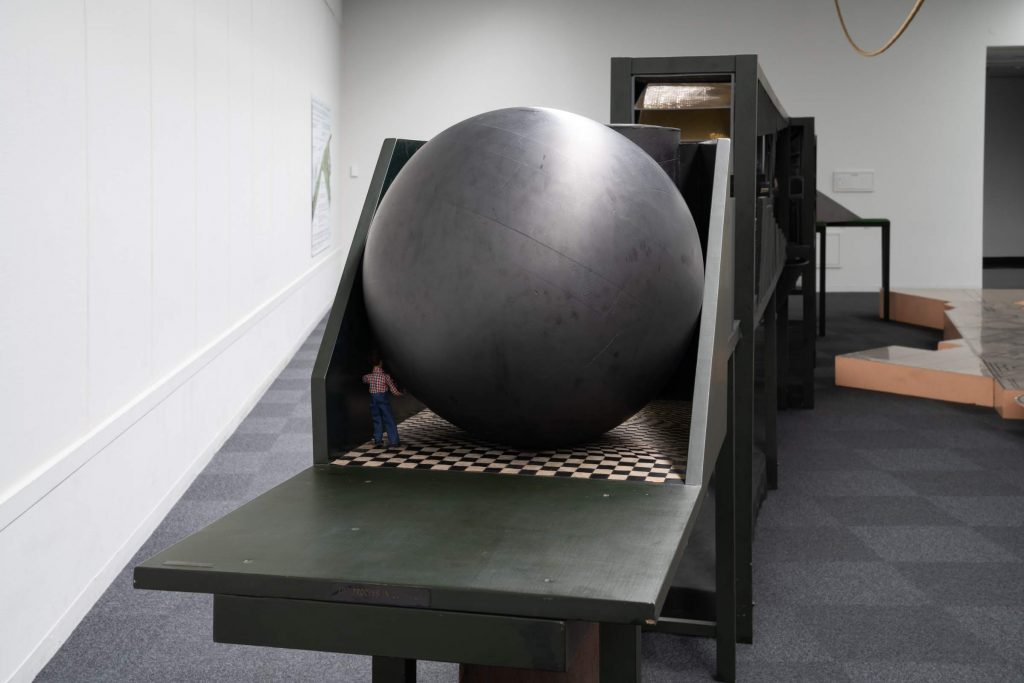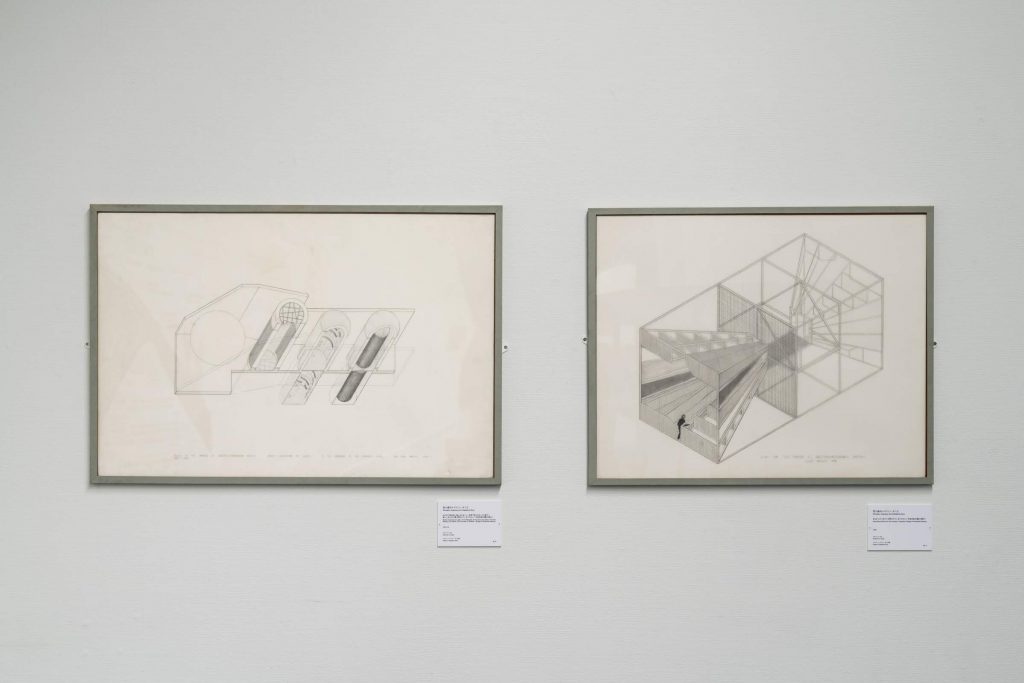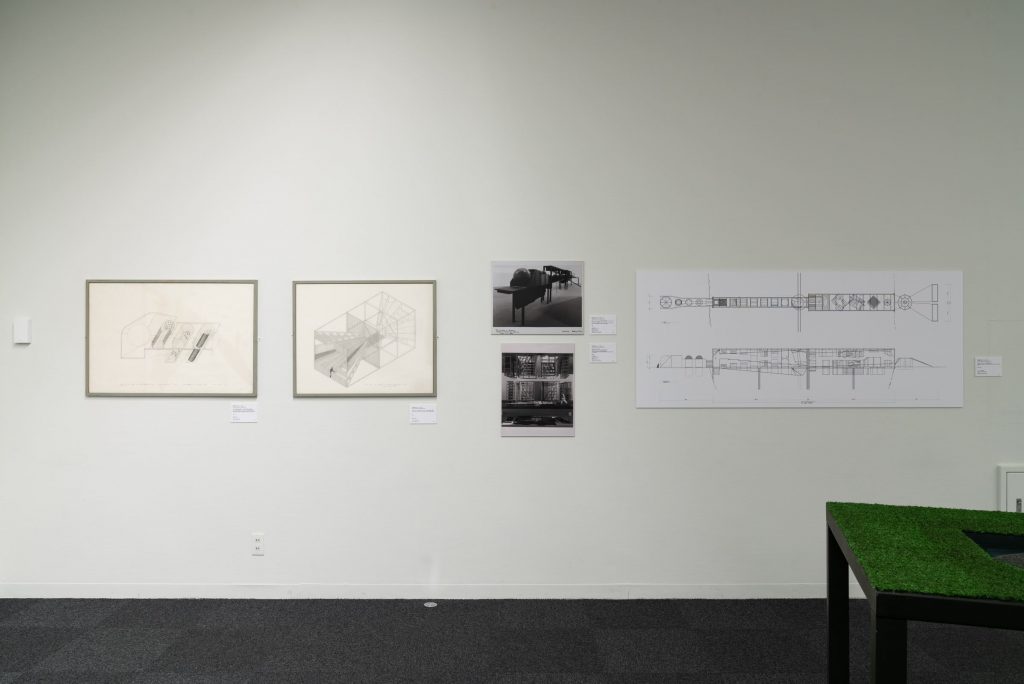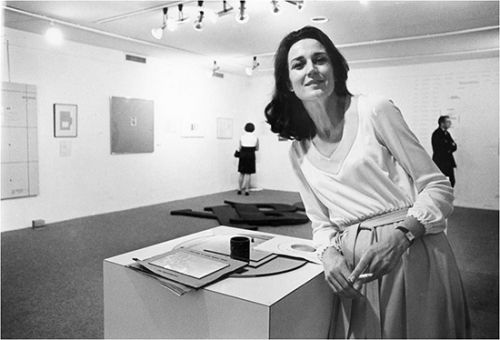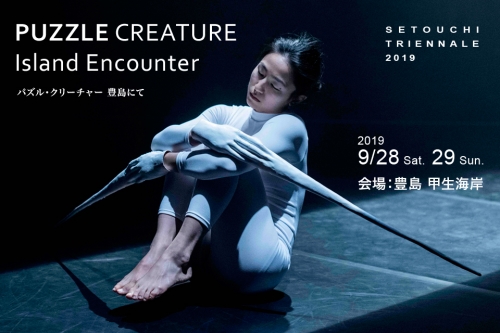
Reversible Destiny Foundation is excited to announce “Puzzle Creature Island Encounter” by Neon Dance at the Setouchi Triennale 2019, an international contemporary arts festival held every three years across 12 ‘art islands’ in Japan. “Puzzle Creature” draws on the life and work of Arakawa and Madeline Gins and will be designed to be presented in both traditional and nontraditional performance spaces.
Click here for more information
“In 2018, a premiere was performed at Echigo-Tsumari Kamigo Clove Theater and caused a sensation in Europe. And this time, this work is upgraded for the Setouchi Triennale. Inspired by the artist Shusaku Arakawa + Madeline Gins’s world, in particular, the final chapter of the Gins’s work “Helen Keller or Arakawa”, “Critical Beach”, dancers crosses time, space and multiple horizons freely.”
Event Information
Location: Kou Beach, Teshima Island
Date: 09.28/SAT , 09.29/SUN
Hours: 14:00~15:00(Open 13:30)
Admission:
Advanced ticket: ¥2,000
At-door ticket: ¥2,500
Setouchi Triennale Passport holder: ¥2,300
Elementary school to high school students:¥1,000(Both advance ticket and today’s ticket)
Online Ticket:
eplus:https://eplus.jp/sf/detail/3082330001-P0030001
peatix:https://setouchi2019event-e06.peatix.com
Contact:
Setouchi Triennale Information Center
087-813-2244
info@setouchi-artfest.jp
https://setouchi-artfest.jp/event/detail373.html
